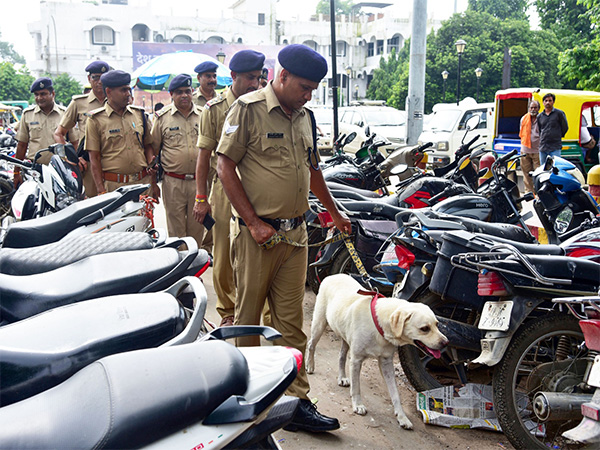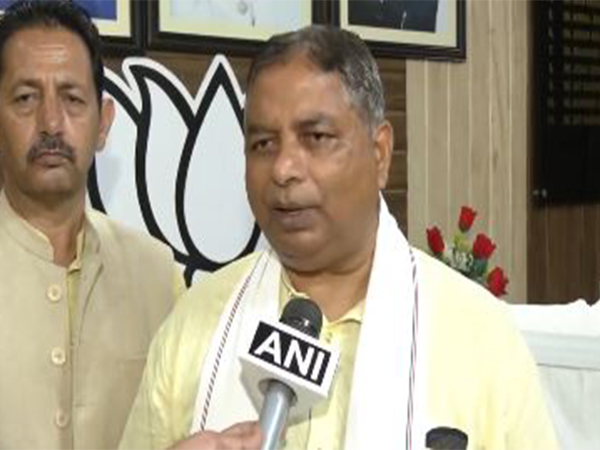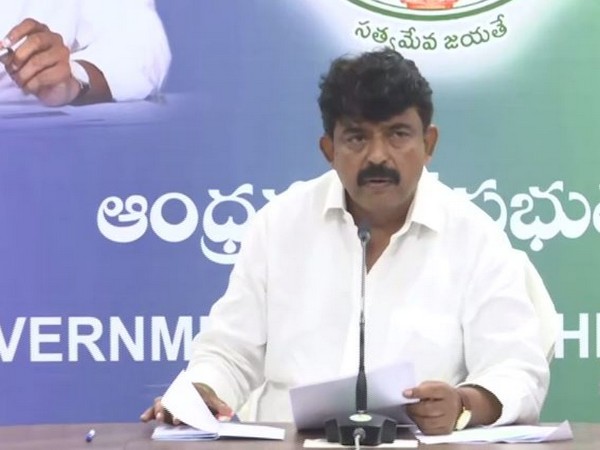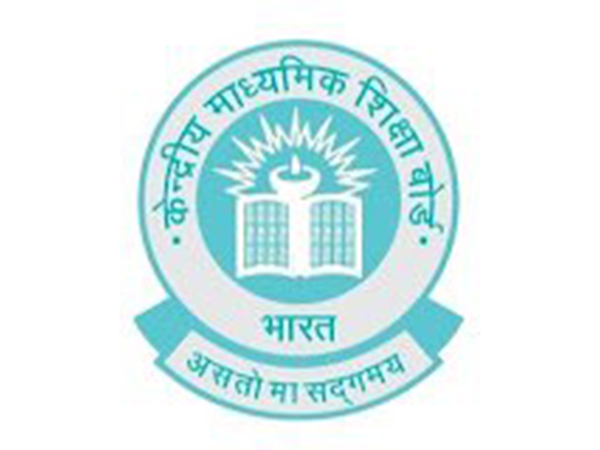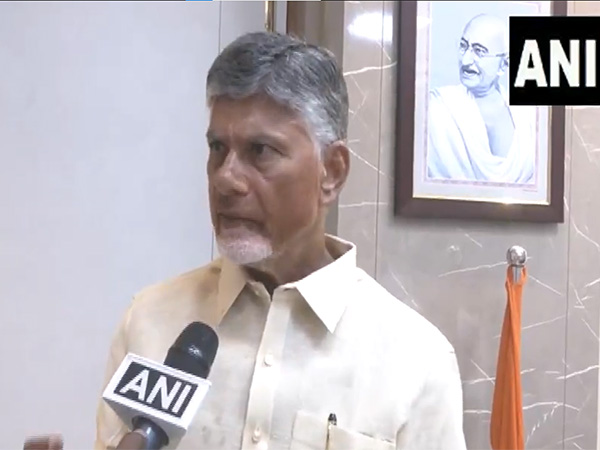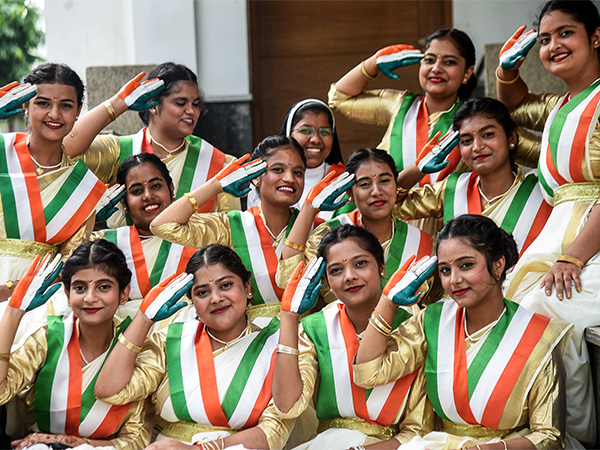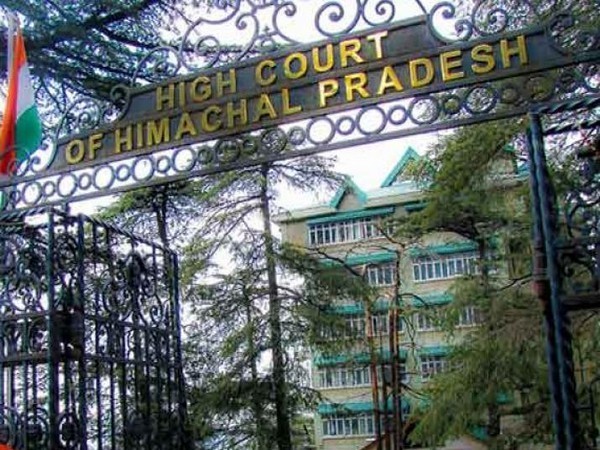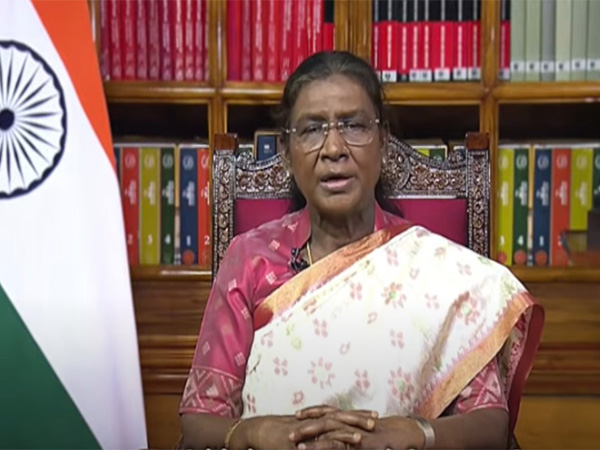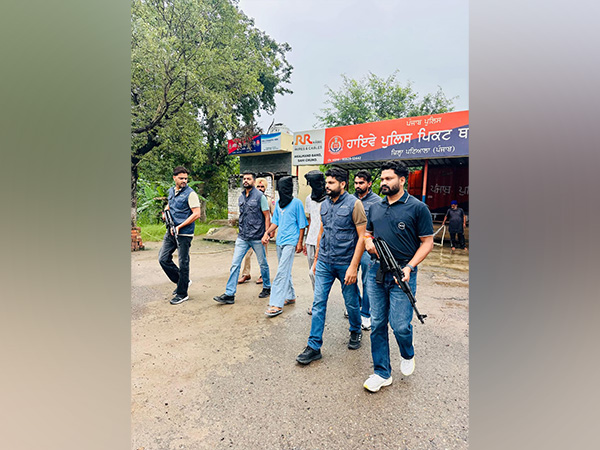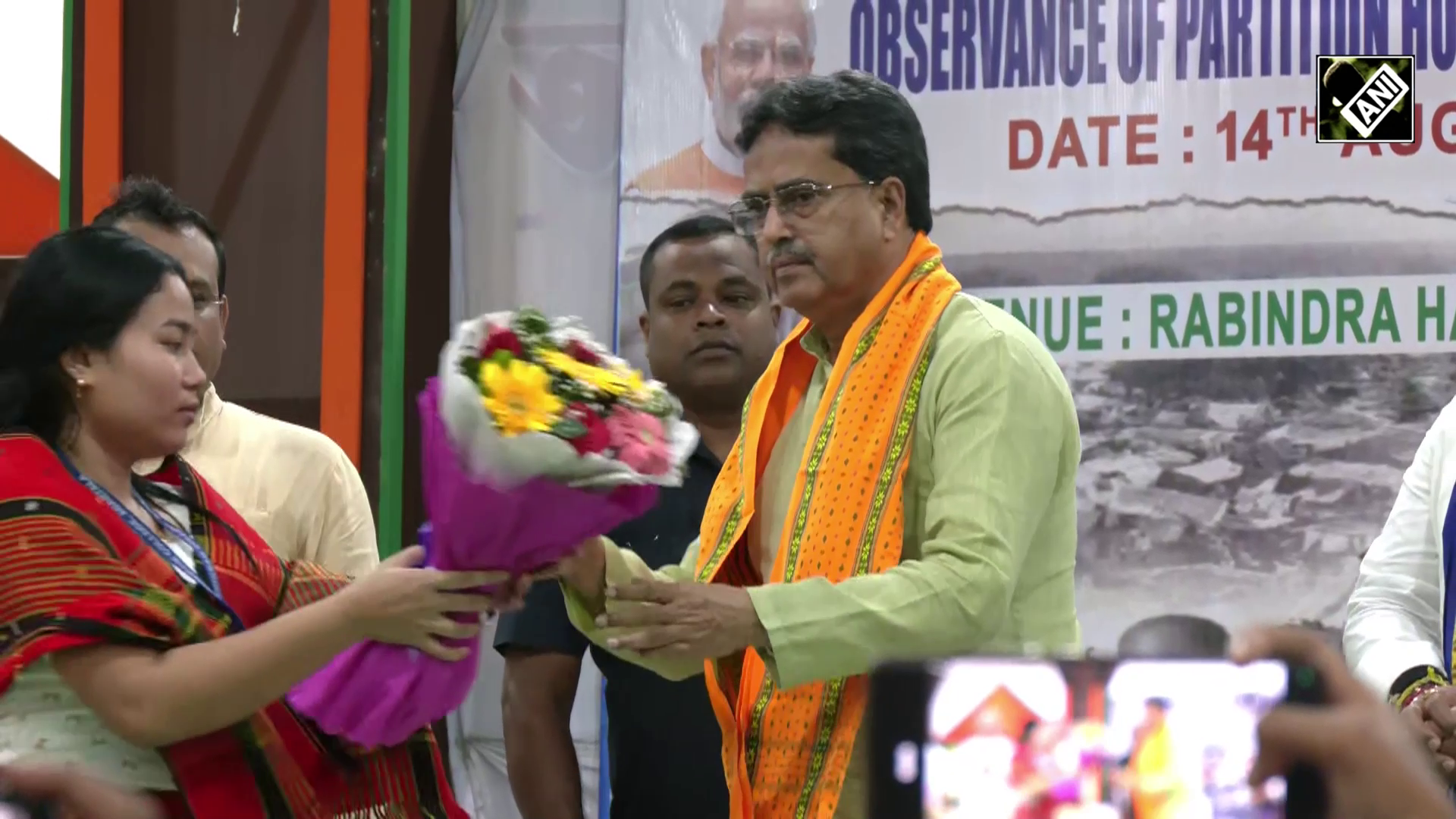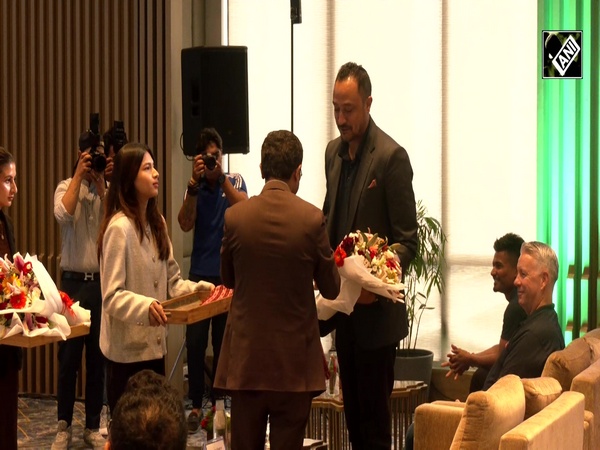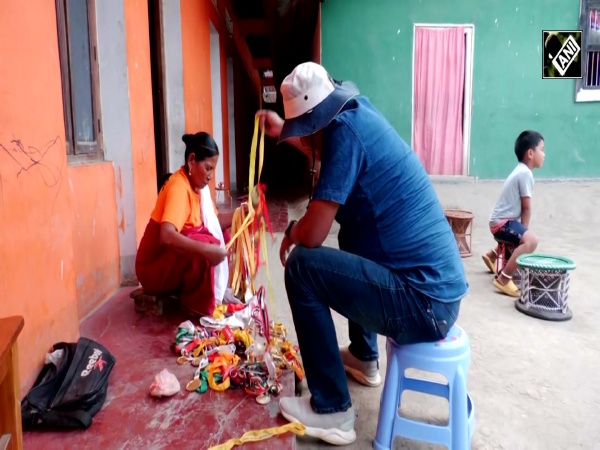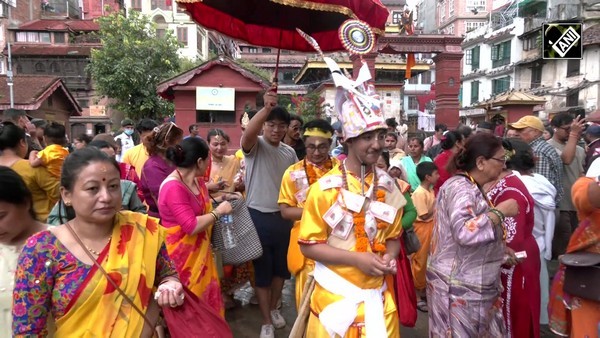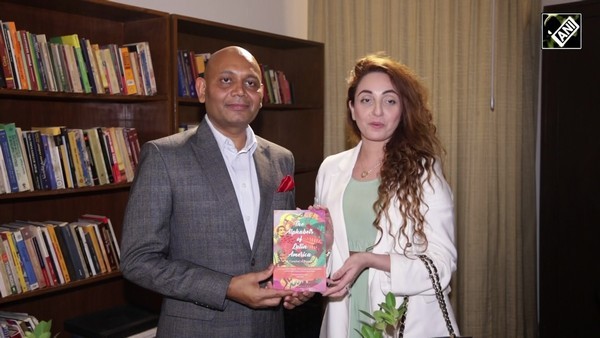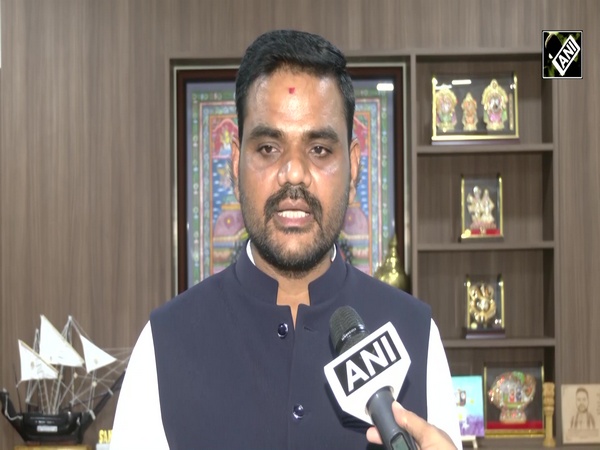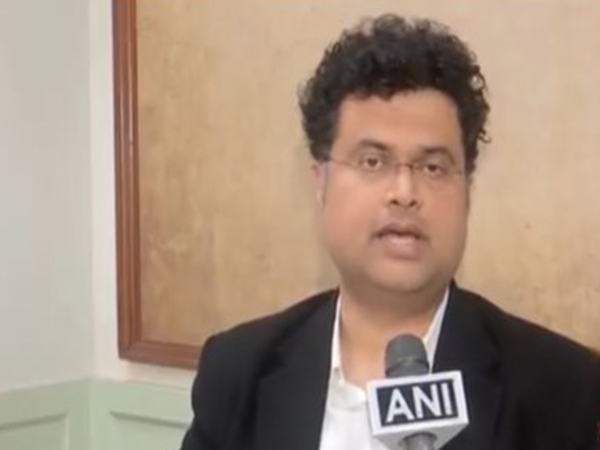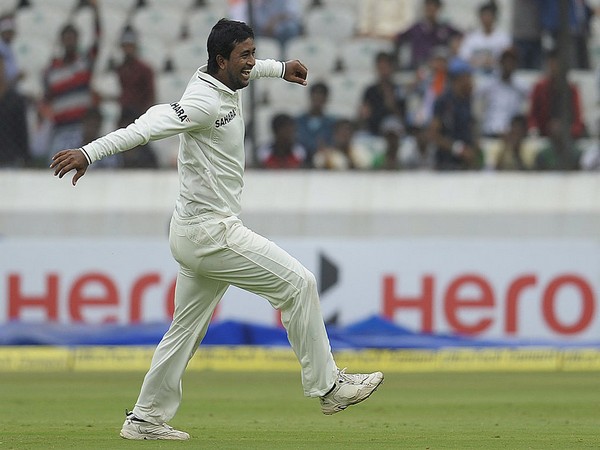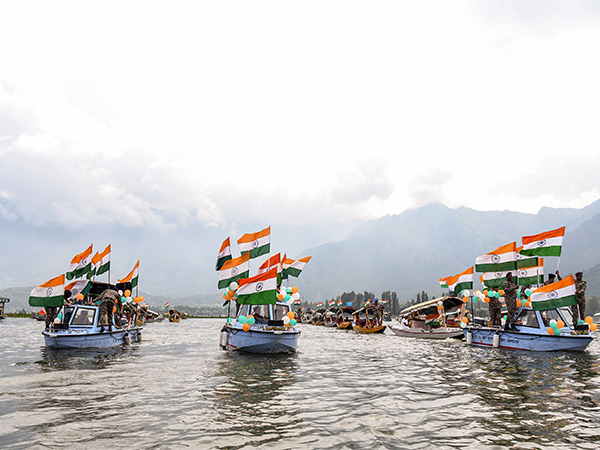
India celebrates patriotism and unity with 'Har Ghar Tiranga' campaign
Aug 14, 2025
New Delhi [India], August 14 : On the eve of the 79th Independence Day, the national tricolour flag was raised high in the country as millions joined the 'Har Ghar Tiranga' campaign.
Active participation of ministers, students and locals in the campaign turned it into a celebration of the unity, pride and patriotism.
This year, the fourth edition of the campaign, launched under the aegis of Azadi Ka Amrit Mahotsav, was celebrated to inspire citizens across the nation to bring the Indian National Flag, the Tiranga, into their homes and hearts.
The campaign turned into a people's movement, with five lakh volunteers registering to inspire households across the country to display the flag.
The Har Ghar Tiranga 2025 campaign builds on the resounding success of previous years, infusing it with fresh energy, creativity, and opportunities for citizens to connect with the national flag in deeply personal and community-driven ways.
This year's edition unfolded in phases, ensuring participation from every corner of the country in the run-up to Independence Day. The celebrations will culminate on August 15, 2025, with a unified display of the Tiranga across homes, institutions, and public spaces, symbolising a collective affirmation of national pride.
The Har Ghar Tiranga campaign drew its strength from a whole of society approach, bringing together ministries, departments, States, Union Territories, and citizens in a unified effort. This coordinated participation ensures that the celebrations reach every part of the country and resonate with people from all walks of life.
Under the spirit of Jan Bhagidari, Self Help Groups (SHGs) across the country have played a pivotal role in making the Har Ghar Tiranga campaign a truly inclusive movement. Women-led SHGs have been at the forefront of manufacturing the National Flag, ensuring not only adherence to quality standards but also timely availability across urban and rural areas. Their efforts have extended beyond production to active participation in the distribution of flags, enabling citizens in even the remotest regions to join the celebrations. This collaboration reflects the strength of community-driven initiatives in translating national campaigns into grassroots realities.
In Uttar Pradesh, the State Rural Livelihood Mission has mobilised around 30,000 self-help group members to produce an impressive two crore national flags for the Har Ghar Tiranga 2025 campaign. This large-scale effort has not only brought together thousands of women from across the state but has also fostered a deep sense of pride and unity, as they contribute their skills to creating the national symbol that will adorn millions of homes.
In Bihar, the Har Ghar Tiranga campaign has brought together nearly 500 skilled and first-time artisans across 10-15 districts, working through producer companies such as Shilpgram and Janki, as well as other local institutions. With proper training in place, both seasoned members and newcomers contributed to the large-scale production of flags in all three notified sizes -- 20x30, 16x24, and 6x9 inches -- using materials like satin and roto polyester.
Union Minister for Culture and Tourism Gajendra Singh Shekhawat, announcing the initiative earlier this week, described it as "more than a campaign -- as an emotional movement that unites 1.4 billion Indians under the timeless colours of our National Flag."
He said the aim was to "instil patriotism, foster civic pride and raise awareness on the significance of the Tiranga as a living symbol of democracy and independence."
In Madhya Pradesh, the Chief Minister Mohan Yadav participated in the 'Nauka Tiranga Yatra' organised at the Boat Club in Bhopal under the 'Har Ghar Tiranga' campaign.
The CM further expressed hope and prayed to God that the way Indian armed forces showed their valour against the enemies, their strength should increase further. He also urged everyone to resolve ahead of Independence Day that they should stand together with the nation to combat any future challenges.
In Punjab, Governor and Chandigarh Administrator Gulab Chand Kataria attended the 'Har Ghar Tiranga' program as the Chief Guest.
In his address, Governor Kataria said that the "Har Ghar Tiranga" campaign is not just a symbolic movement, but has become a powerful campaign of patriotism, public participation and national consciousness. He said that this tricolour is a symbol of our identity, our ideals and our self-respect.
The first edition of Har Ghar Tiranga in 2022 celebrated 75 years of India's independence, launched by Prime Minister Narendra Modi with the spirit of Jan Bhagidari. States/UTs, ministries, NGOs, and community groups came together to create a festival-like atmosphere nationwide. The campaign achieved notable milestones, including a Guinness World Record for the Largest Human Image of a Waving National Flag in Chandigarh with 5,885 participants, over 23 crore homes hoisting the Tiranga, and more than 6 crore selfies uploaded on the official portal.
The second edition in 2023 saw this enthusiasm grow even stronger. Over 10 crore selfies with the flag were uploaded, turning the campaign into a digital celebration of patriotism. In both 2022 and 2023, the hybrid format of the programme encouraged a personal emotional connection with the flag at home, while also fostering a collective celebration through online engagement.
In 2024, the third edition was celebrated from August 9-15, with participation from all States, UTs, and key industry partners. A highlight was the Tiranga Bike Rally on 13th August, where Members of Parliament rode from Bharat Mandapam, Pragati Maidan, to Major Dhyan Chand Stadium, passing the iconic India Gate. The nationwide activities once again brought millions together, reinforcing that bringing the flag home is not just symbolic -- it is a shared commitment to the ideals of the nation.
The Indian national flag, also known as the Tiranga, was officially adopted on July 22, 1947. Its design features three equal horizontal stripes - deep saffron at the top, white in the middle, and dark green at the bottom. The white band has a navy blue wheel, known as the Ashoka Chakra, with 24 spokes.
The Dharma Chakra, featured in the Sarnath Lion Capital created by Mauryan Emperor Ashoka in the 3rd century BC, symbolises the "wheel of the law."
The tricolour embodies the struggles, sacrifices, and aspirations of a nation that fought tirelessly for its freedom. It represents unity, diversity, and the country's rich cultural heritage. The Flag Code of India, 2002, governs the display of the flag, ensuring it's treated with respect and dignity.
